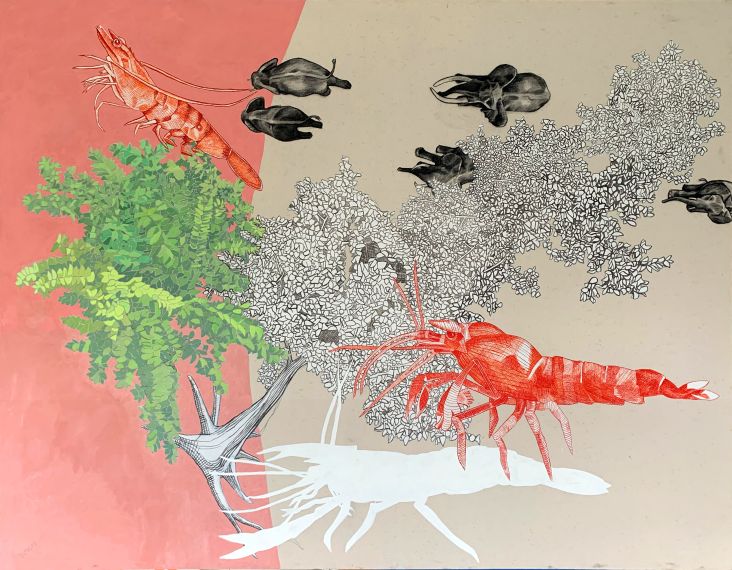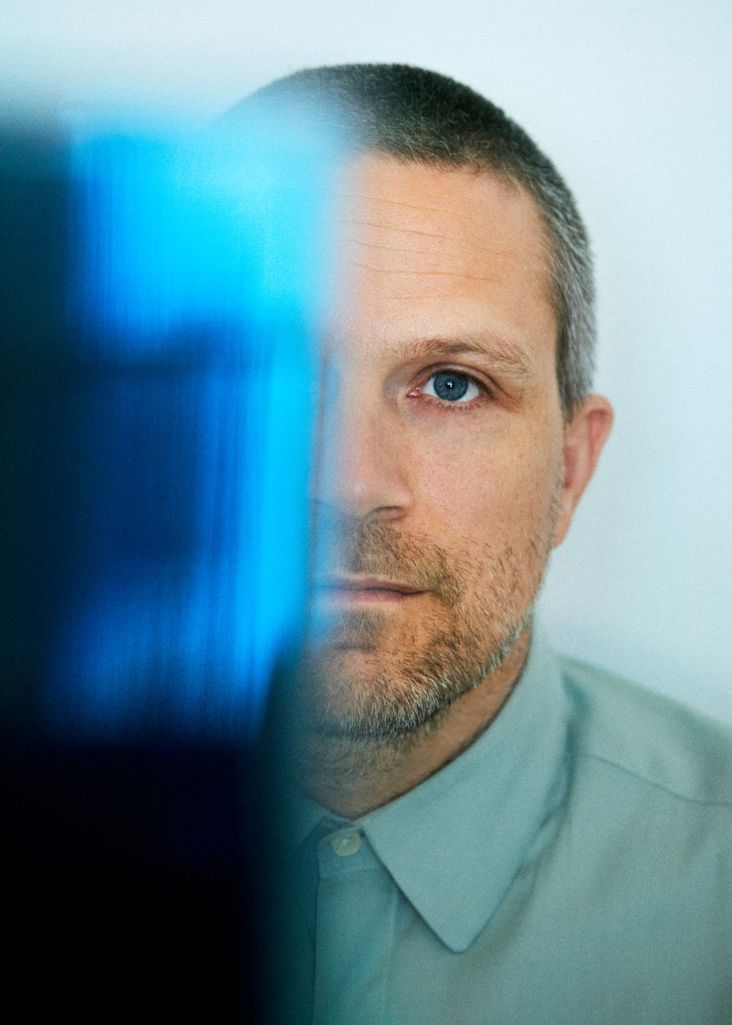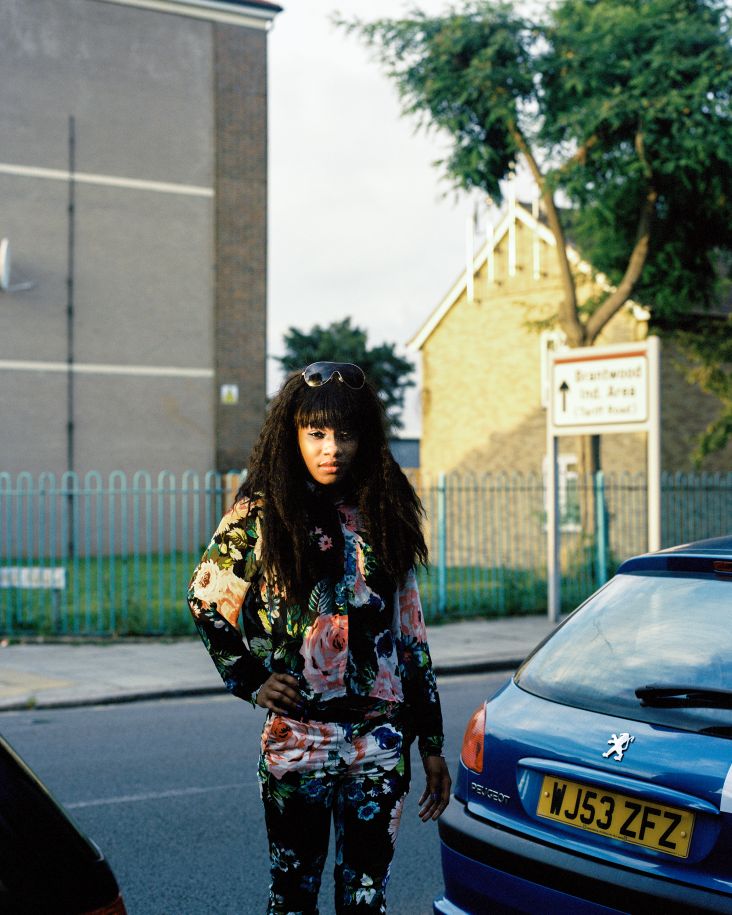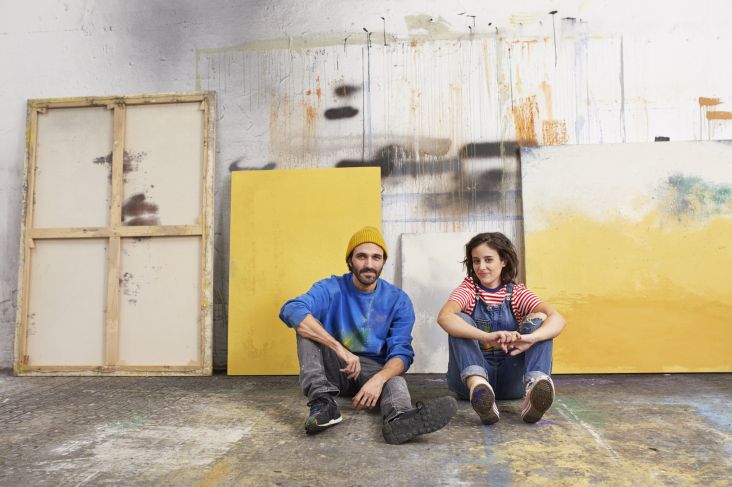How to get represented by an illustration agency
Want to earn more as a freelance illustrator? And do you like the idea of someone else finding you clients, negotiating your fees and drawing up contracts on your behalf? Well, let's face it, who wouldn't?

Image licensed via Adobe Stock
You can get all that by signing up with an illustration agency. But how do you approach one, and how can you boost your chances of getting signed?
We spoke to people from leading illustration agencies in the UK to find out. Read on to discover their expert tips and advice. (If you want to hear tips from illustrators, too, then check out this helpful thread on Twitter.)
1. Don't copy and paste your enquiry
First, understand that not all agencies are the same, and so the worst thing you can do is send the same email to everybody.
Instead, you need to do your research and find out as much info as you can about the agency: who they represent, what kind of clients they attract, what kind of artists they're looking for, and so on. That way, you'll have a much better idea of how to sell yourself to them.
"As agents, it's incredibly important to us that illustrators approaching Pocko understand our vision and how they could fit within our roster," says agent and creative producer Phoebe Mead.
Oliver Roberts, the founder of Oskar Illustration, agrees. "Taking the time to view an agency's website and reading their published blogs will show that you've done a bit of research," he says. "It's easy to tell when an application has been copied and pasted! Ask yourself if you believe your current style and work could sit well amongst the other artists represented. What would make you a valuable addition?"

Halston, illustration for The New Yorker © Malika Favre, courtesy of the artist and Handsome Frank
2. Follow the submission process
As an agency, you'll want to work with people who can follow instructions carefully. And so, if there's a specific submission process for new illustrators, be sure to use it.
That's the case, for example, at Handsome Frank, whose website directs you to a submissions email address. "We ask quite specifically for at least nine illustrations attached as low-res JPGs, as opposed to links or PDFs," explains co-founder Jon Cockley. "This strips away the fancy websites and links to Instagram accounts and just allows us to assess an artist purely based on their work."
If the number of examples isn't specified, beware of sending too many. "Quality, not quantity is key here," says Oliver. "Pull out six to 10 examples of what you believe to be your strongest work, whether commissioned or personal."

A Ramen Comic by Greta Samuel. Courtesy of the artist and Oskar Illustration
3. Craft emails carefully
If there's no specific submission process or form, email is usually the best way of getting in touch with an illustration agency. "In the body of your message, make the following points concise," advises Oliver. "What are you seeking in an illustration agency? What kind of work are you looking to get commissioned? (For example, editorial, brand or book illustration.) What inspires and drives you to create your individual artistic style? Are you currently full-time, or are you supporting your income with another job?"
Yes, these agencies get a LOT of enquiries, and you may have to wait some time for a reply. But don't think it's a waste of time, because many artists have got representation this way.
Jon gives some examples at Handsome Frank. "Malika Favre approached us after a recommendation from an agency art buyer, someone I'm eternally grateful to. Martina Flor was another one who reached out to us. She sent us a little package at the start of January one year. A beautiful typographic mailer that asked us what our New Year's resolutions were. On the flip side, it said that her New Year's resolution was to be represented by Handsome Frank. It got out attention, we started talking, and a few weeks later, we signed her."
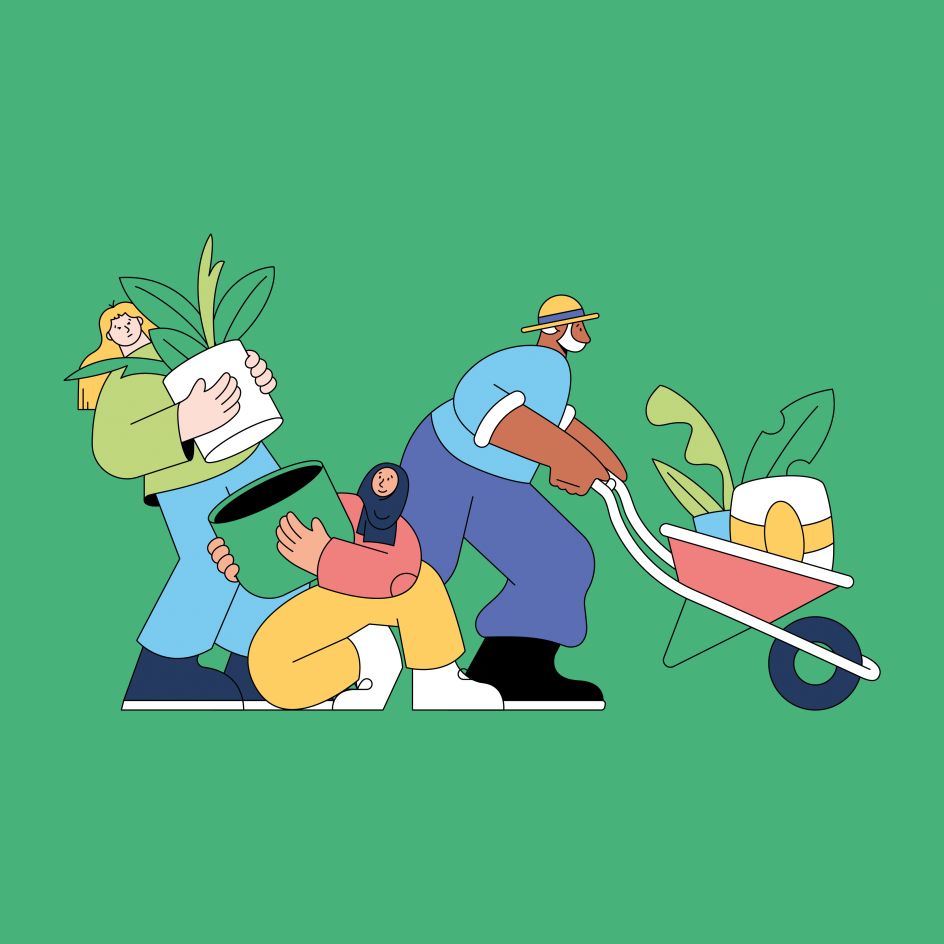
Linn Fritz, illustration for Edinburgh International Book Festival. Courtesy of the aritst and Pocko
4. Show your distinct style
Speak to any illustration agent, and you'll find that one of the main things they're looking for is someone with a unique style.
"This is so important," says Jon. "Clients coming to an illustration agency site need to instantly understand what each person can do. They're looking for an expert in their field. I think too much variety in style can sometimes plant a seed of doubt. It begs the question, 'What will I get if I commission this person?'" In short, clients want reassurance and confidence they know what they'll get. "A consistent body of work builds trust."
However, a consistent style can be difficult to show if all your clients to date have been asking for different things. In which case, Paige Collins from Pocko recommends creating personal work instead.
"Personal work is also a way to build up confidence in your own visual language," she adds. "Practise that new character design you've been thinking about, and bulk out your portfolio where client work might be lacking."
That said, just because you have a distinctive style doesn't mean you'll always be asked to reproduce it. "Keep an open mind," says Paige. "Sometimes we may get you to work with clients that may not be what you'd usually go for. Just know that you're one step closer to getting the clients that you do want to work with."
Jokha Suleiman from ArtPaths takes a similar approach. "Try to stay consistent with your own style but be open to experimenting," she advises. "Illustration today comes in different forms, so be prepared to switch up your style when needed."
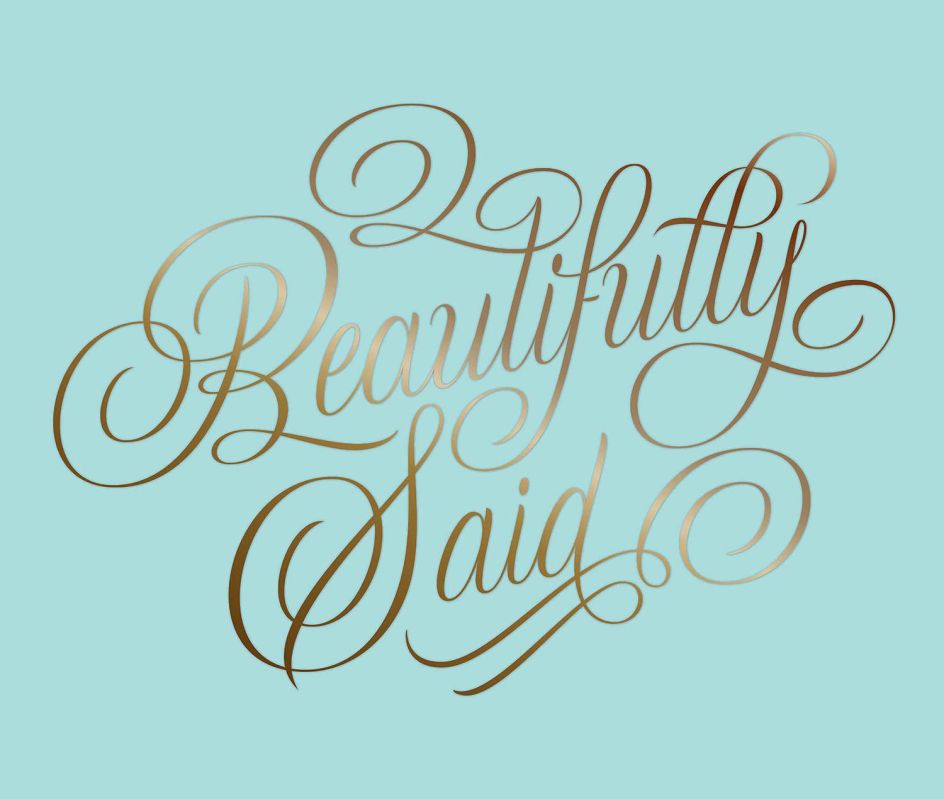
Work by Martina Flor. Courtesy of the artist and Handsome Frank
5. Think about your commercial potential
Having a distinctive style is one thing, but it also has to be marketable. Otherwise, an illustration agency will have no interest in it. "Obviously, we need to see the commercial potential for the work," says Jon. "It's not enough to look at a portfolio and see aesthetically pleasing images. Beyond that, you have to imagine if and where it could work in a commercial context.
"When looking at a portfolio site, we'll often talk about types of work we think somebody's likely to get, and which sectors their work might be suited to," he adds. "We're very much looking for artists who we see as a good fit for our clients."
Jokha agrees. "Think about how to make your creations work commercially," she advises. "It's good to have a style that's unique and adaptable, as we consider the commercial aspect of a creative when we onboard them. This will help us to help you find clients and businesses that suit your aesthetic, as well as boost your success."
6. Get creative with your submission (but make it exceptional)
We've spoken about the importance of following the correct submission process. That said, you can sometimes get away with breaking the rules… as long as you produce something truly amazing.
"Obviously, every now and again, we have someone that takes a more 'creative' approach to contact us," says Jon. "We've been sent bespoke artworks, drawings of Hendrix, our dog, customised objects, even a gold pair of pants once. I have to admit, I love it when someone pulls out the stops and sends us something original with a bit more thought. It doesn't mean we're going to sign them, but it definitely gets our attention."
Oliver provides another take on this. "At Oskar Illustration, we get a lot of email submissions, so it can be nice to receive something visual about the person, like a short piece to camera," he says. "Here, we're just as interested in the person as we are in the work. We're building what we call the Oi! family, where our artists can share, learn, mentor and collaborate. So a video telling us a little bit more about who you are, what your values are, and what makes you tick would be a real bonus."
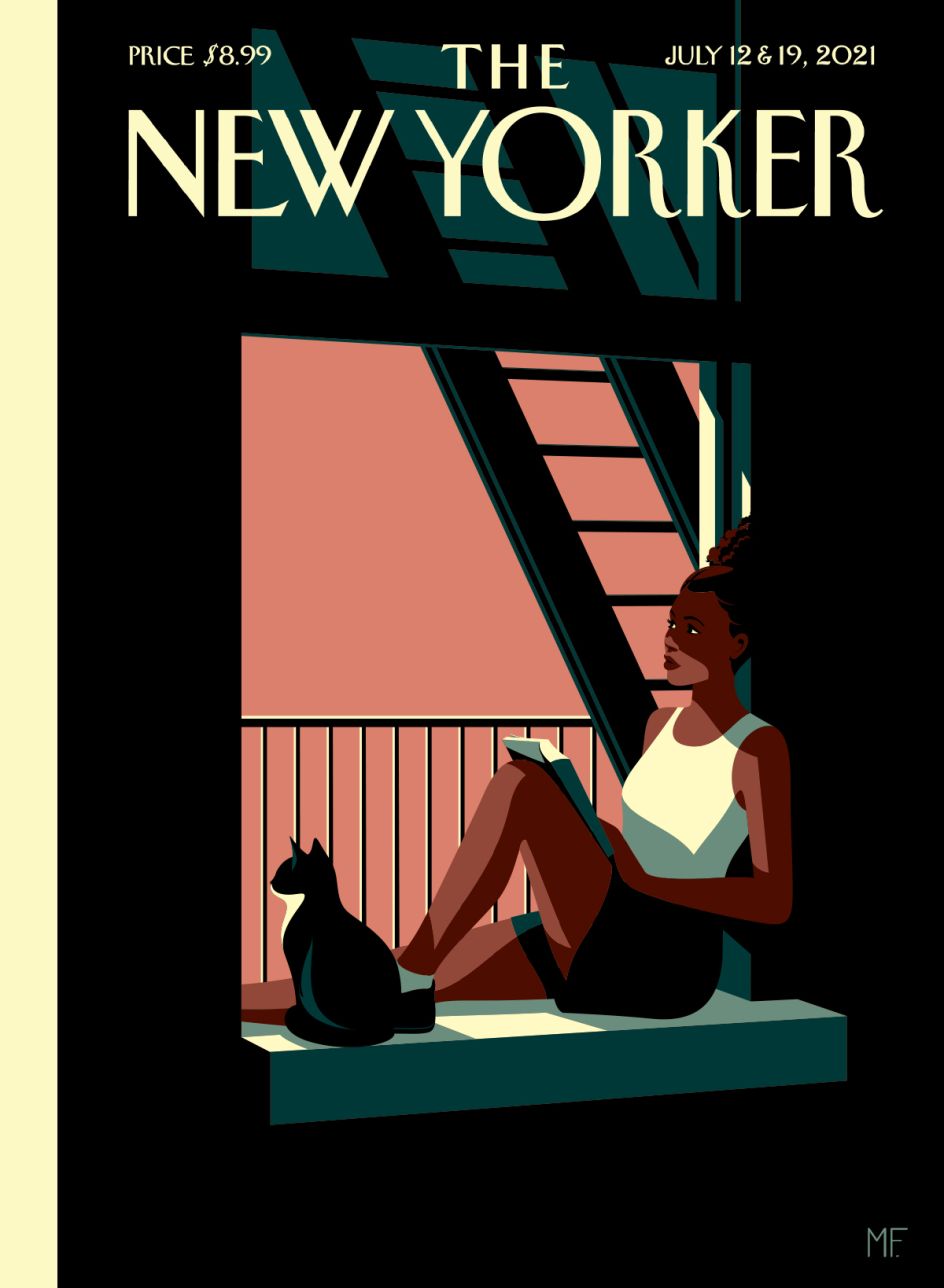
Escape, cover for The New Yorker © Malika Favre, courtesy of the artist and Handsome Frank
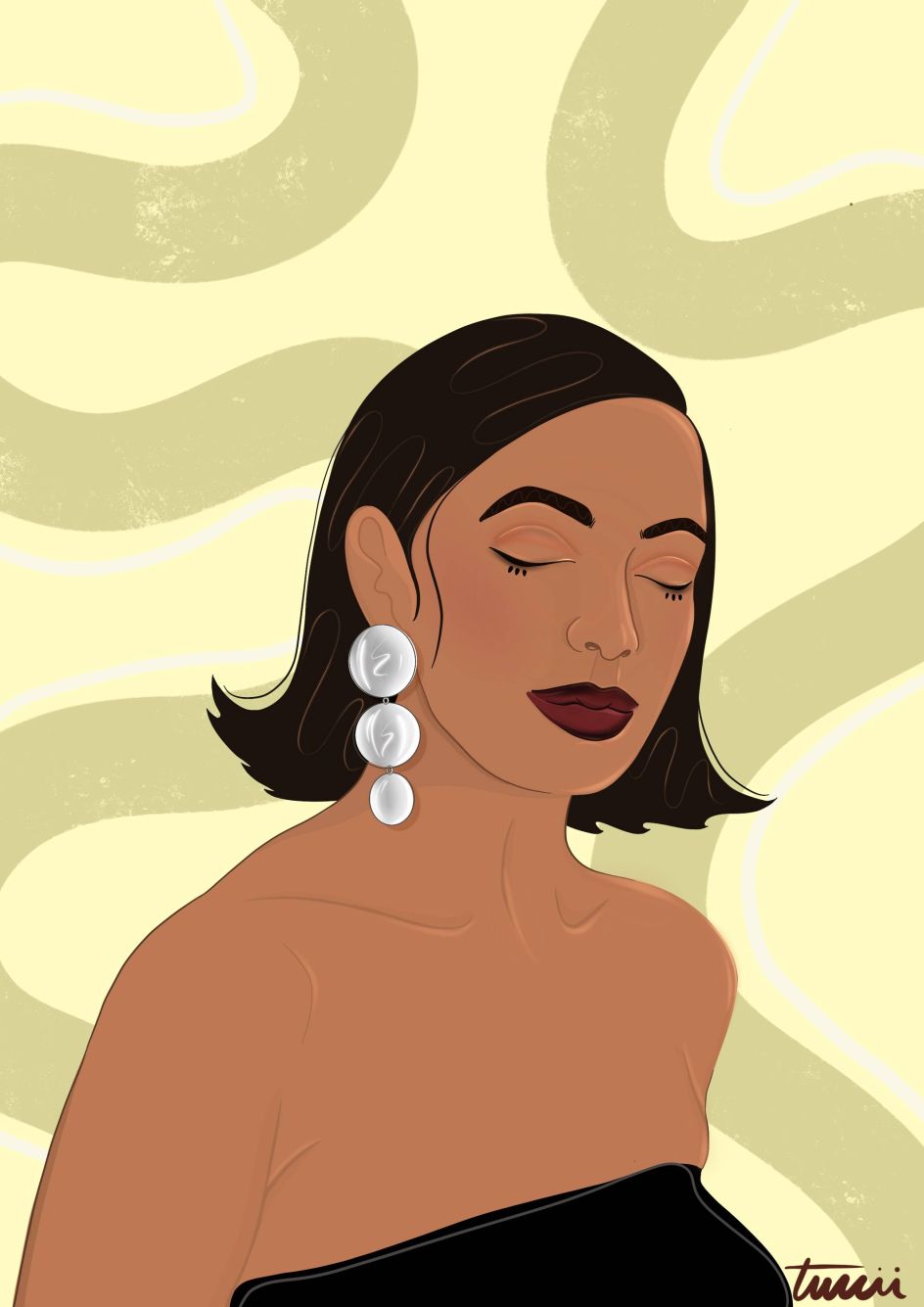
Solange by Tuccii Tuccii. Courtesy of the artist and ArtPaths




 by Tüpokompanii](https://www.creativeboom.com/upload/articles/58/58684538770fb5b428dc1882f7a732f153500153_732.jpg)


 using <a href="https://www.ohnotype.co/fonts/obviously" target="_blank">Obviously</a> by Oh No Type Co., Art Director, Brand & Creative—Spotify](https://www.creativeboom.com/upload/articles/6e/6ed31eddc26fa563f213fc76d6993dab9231ffe4_732.jpg)








